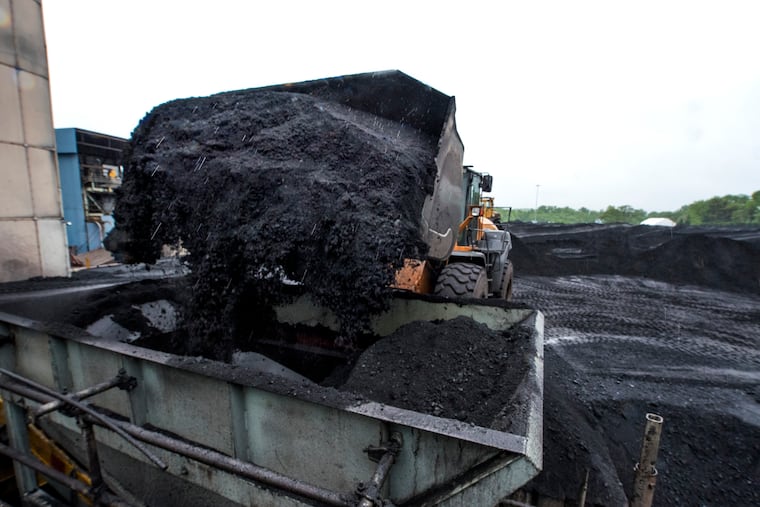Coal is making a comeback. Supplies are so scarce that Pa.’s and N.J.’s electric grid operator is worried.
Coal enjoys a renaissance in the super-heated post-lockdown economy. Will it last? 'In the long run, the writing is on the wall for coal plants.'
